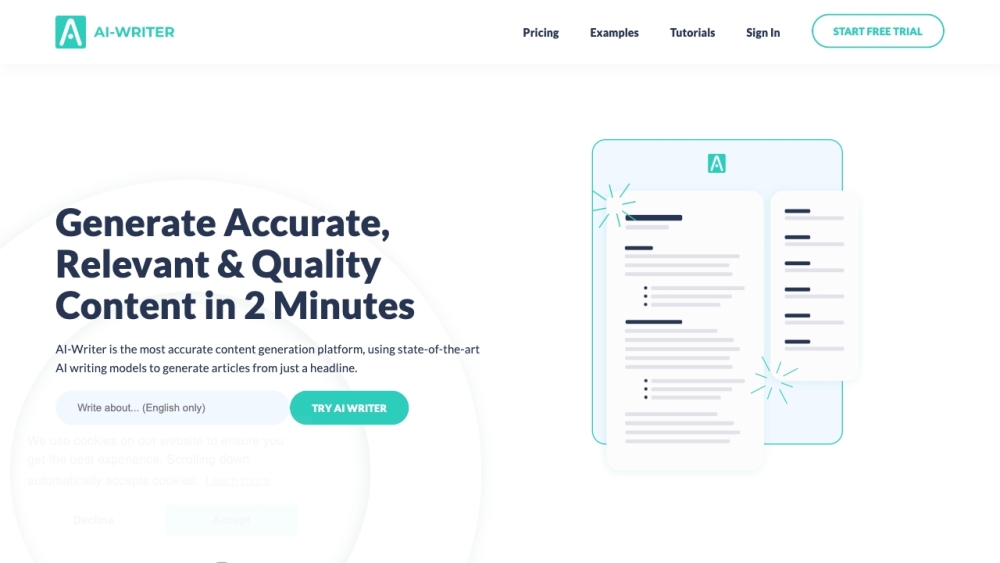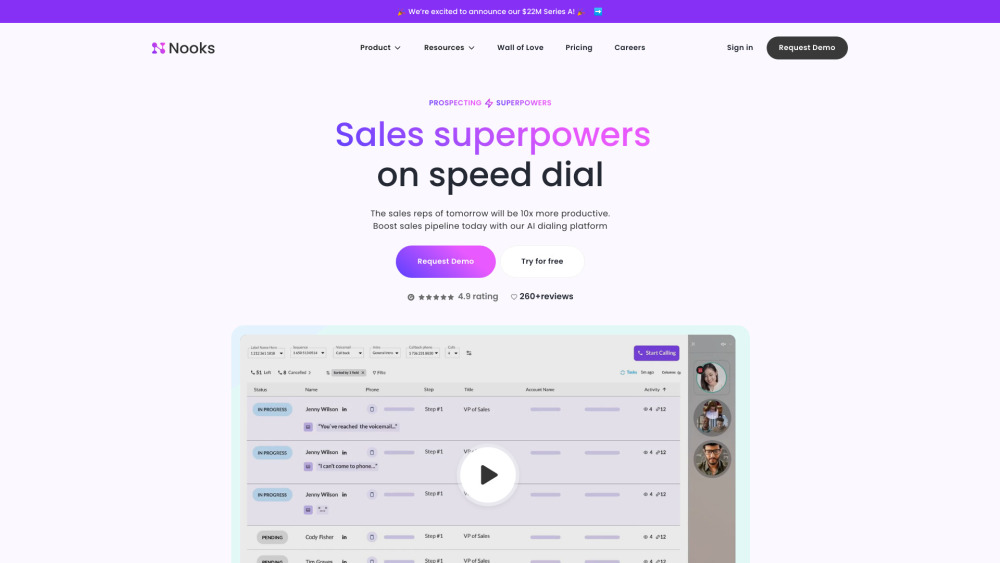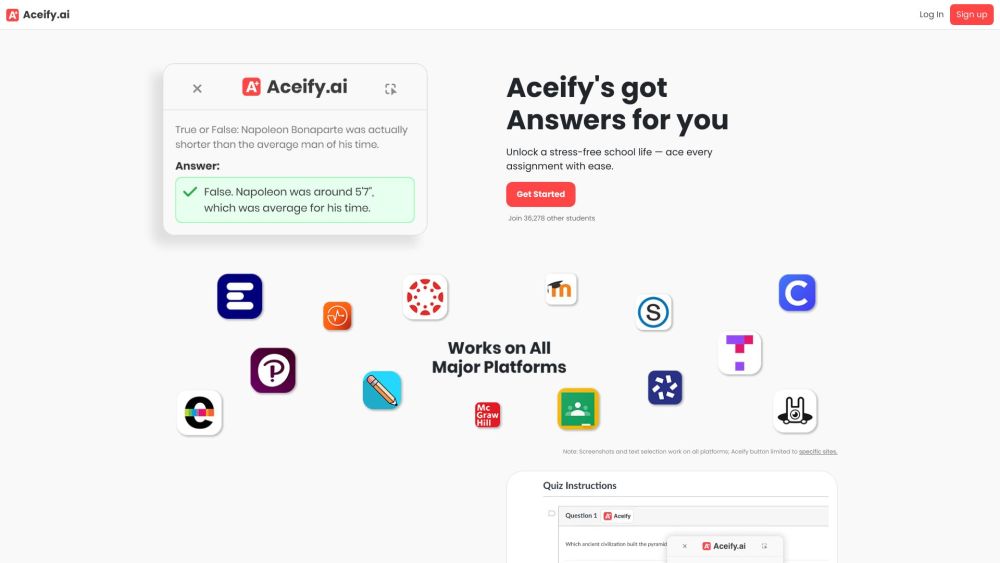The rapid rise of generative artificial intelligence (AI) tools has led to a significant increase in their application within academic writing. These tools, built on large language models (LLMs), offer time-saving capabilities and the potential to reduce language barriers, resulting in clearer and more coherent research papers. However, their use complicates the issue of plagiarism. A recent report highlighted the need for the research community to explore and establish clearer guidelines for the acceptable use of AI in academic writing.
A study led by a team of data scientists at the University of Tübingen analyzed 14 million abstracts published in the PubMed database from 2010 to June 2024. They estimated that in the first half of 2024, at least 10% of biomedical paper abstracts—approximately 75,000—would be generated with LLMs. This surge of AI writing assistance is having an unprecedented impact on academia. While some view AI tools as beneficial for enhancing clarity and reducing language barriers, they also raise concerns about academic integrity.
Determining instances of plagiarism is increasingly challenging. A study from 2015 estimated that 1.7% of scientists admitted to committing plagiarism, while 30% were aware of colleagues who had. LLMs can generate text by processing large volumes of previously published work, which poses risks for misuse, such as presenting AI-generated papers as original work or creating texts that closely resemble existing work without attribution. Experts argue that defining academic dishonesty or plagiarism, particularly in the context of AI-generated content, is becoming more complex. Minor modifications made by LLMs can easily obscure the original sources of text.
Another pressing issue is whether content entirely generated by machines qualifies as plagiarism. Although some AI-generated texts closely mimic human writing, experts maintain that these should not automatically be considered plagiarized. College professors advocate for transparent use of LLMs, suggesting that while rewriting existing texts may constitute plagiarism, aiding in the articulation of ideas through AI-generated prompts or content should not be penalized.
Many academic journals have begun to establish policies regarding the use of LLMs in submissions. For instance, the journal "Science" updated its guidelines in November 2023, requiring authors to disclose their use of AI technologies, including which AI systems were employed and the prompts used. A review of 100 major academic publishers and top journals found that by October 2023, about 24% of publishers and 87% of journals had implemented guidelines for the use of generative AI, consistently stating that AI tools cannot be credited as authors.
Amid this evolving landscape, there is a growing need for enhanced detection tools. While some scientists are developing instruments to identify LLM usage in academic work, many of the existing tools have proven unreliable. A study conducted in December showed that of 14 AI detection tools commonly used, only five achieved accuracy above 70%, with none exceeding 80%. The accuracy of these tools diminishes significantly with simple modifications to AI-generated texts, such as synonym replacement or restructuring sentences. Additionally, non-native English speakers are more likely to be misidentified as AI users, raising concerns about the potential reputational damage from false accusations of AI misuse.
The scientific community urgently needs clearer guidelines for the ethical use of AI in academic writing and more reliable tools for detecting AI-generated content. These developments are crucial for maintaining academic integrity while benefiting from the assistance that AI tools provide.




